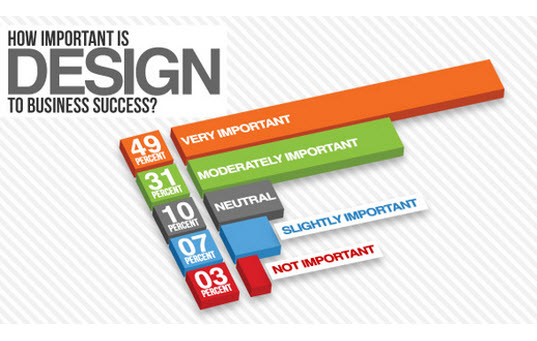The Growth Of Site Style: From Earlier Times To Now
The Growth Of Site Style: From Earlier Times To Now
Blog Article
Short Article Writer-Thorsen Peters
In the past, internet sites were simple and concentrated on information. Navigating was direct, and style was for desktops. Now, individual experience is vital. Information guides styles for easy navigation. Responsive formats match different devices. Today, dark setting minimizes stress, and minimalist menus enhance navigation. Interactive functions engage users, and vibrant visuals stand apart. AI integration increases engagement. See just how layout has evolved to boost your online trip.
Very Early Days of Website Design
In the early days of web design, simplicity reigned supreme. Websites were standard, with restricted colors, typefaces, and designs. The focus got on giving details rather than showy visuals. Individuals accessed the net with slow dial-up connections, so rate and capability were key.
Navigating food selections were straightforward, usually located on top or side of the page. Internet sites were created for home computer, as mobile surfing had not been yet prevalent. Content was king, and developers prioritized easy readability over complicated style aspects.
HTML was the key coding language used, and designers needed to work within its restrictions. Animations and interactive attributes were minimal contrasted to today's standards. Sites were fixed, with little vibrant content or tailored individual experiences.
Increase of User-Focused Layout
With the evolution of web site layout, a shift in the direction of user-focused design concepts has ended up being significantly popular. Today, creating websites that focus on user experience is critical for engaging site visitors and attaining service goals. User-focused layout includes comprehending the requirements, preferences, and behaviors of your target audience to customize the site's layout, material, and features as necessary.
Designers now perform extensive research, such as user surveys and use screening, to gather understandings and feedback straight from customers. This data-driven technique assists in developing user-friendly navigation, clear calls-to-action, and visually enticing user interfaces that reverberate with site visitors. By positioning the user at the center of the style procedure, web sites can provide a much more individualized and satisfying experience.
Responsive style has actually likewise emerged as a vital element of user-focused layout, making sure that sites are optimized for different gadgets and display dimensions. This flexibility enhances accessibility and usability, catering to the diverse methods users engage with web sites today. Fundamentally, the surge of user-focused style symbolizes a shift towards developing digital experiences that prioritize the demands and assumptions of completion user.
Modern Trends in Web Design
Explore the most recent fads shaping web design today. One prominent pattern is dark setting layout, using a sleek and modern appearance while decreasing eye strain in low-light settings. Another crucial pattern is minimalist navigation, streamlining food selections and enhancing customer experience by focusing on essential elements. Integrating micro-interactions, such as animated switches or scrolling results, can produce a more interesting and interactive site. Receptive layout remains critical, ensuring smooth user experiences throughout numerous devices. In addition, using bold typography and asymmetrical designs can add aesthetic rate of interest and draw attention to particular material.
Integrating AI modern technology, like chatbots for consumer assistance or personalized referrals, improves user involvement and improves processes. Access has additionally become a considerable pattern, with developers prioritizing comprehensive layout methods to accommodate diverse customer demands. Accepting sustainability by enhancing website efficiency for rate and performance is one more arising pattern in website design. Teaming up with user comments and information analytics to iterate and enhance layout continually is essential for remaining pertinent in the ever-evolving electronic landscape. By accepting these modern trends, you can create an aesthetically attractive, straightforward website that resonates with your target market.
Verdict
As you reflect on the advancement of internet site style from the early days to now, you can see just how user-focused layout has actually become the driving pressure behind modern-day fads.
Embrace https://thenuherald.com/2022/06/22/digital-marketing-tips-to-elevate-ecommerce-busines/ of modification and adjustment in web design, always keeping the customer experience at the center.
Tippingpointdigital
Stay present with the current trends and innovations, and never ever quit developing your strategy to produce aesthetically sensational and easy to use sites.
Progress, adapt, and develop - the future of web design is in your hands.
